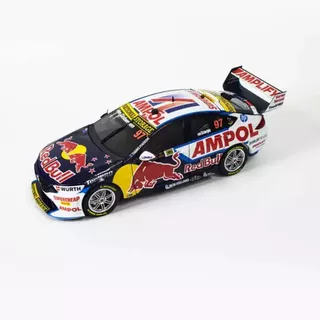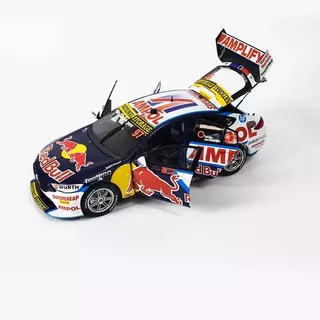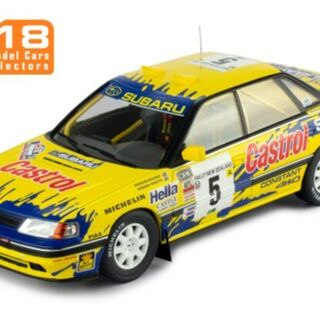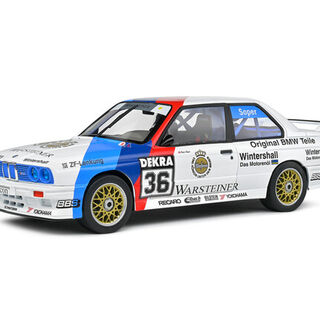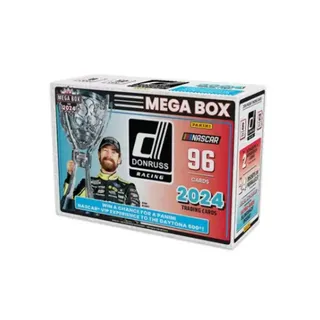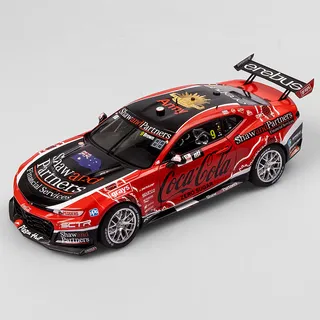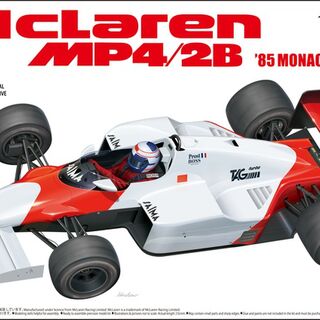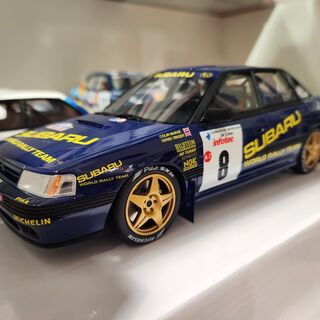- Home
- Our Products
- On Sale Items
- Pre-Orders
- Hot Wheels
- Hot Wheels Japanese Makes and Models
- Hot Wheels Boulevard
- Car Culture
- Car Culture 2-Packs
- Car Culture: Team Transport
- Hot Wheels Premium Pop Culture
- Hot Wheels Fast & Furious
- Hot Wheels Replica Entertainment
- Hot Wheels Premium Collector Sets
- Hot Wheels Premium DC Comics
- Hot Wheels Star Wars
- Hot Wheels Factory 500
- Hot Wheels Mainline
- Hot Wheels Silver Series
- HW 5-packs
- Mattel Disney
- Hotwheels Forza Horizon
- Hotwheels Misc.
- Hotwheels Pull-Back Speeders
- Matchbox
- Diecast Models
- Funko Pop Vinyls
- Iconic Action Figurines
- Display Cases
- Radio Control
- Scalextric
- Kitsets
- Paints & Brushes
- Glues, Fillers & Tools
- Trains and accessories
- Scenery and Diorama
- Trading/Collectible Cards
- Pokemon Cards
- One Piece Cards
- Dragon Ball Z
- UniVersus Cards
- Football Cards
- Basketball Cards
- Motorsport Cards
- Rugby League Cards
- Baseball Cards
- Other Sports Trading Cards
- Marvel Studios Cards
- Star Wars
- Star Trek Trading Cards
- Disney Lorcana Trading Cards
- Other Trading cards
- Collectors Albums, Shields, Stands, Miscellaneous
- Comics
- Jigsaw & Boardgames
- Prints & Posters
- Toys
- Books
- Dings & Dents
- News
- Blog
- T&C
- Contact Us
- Login

